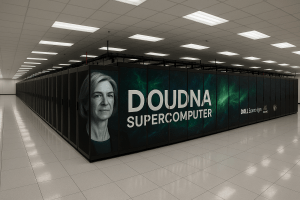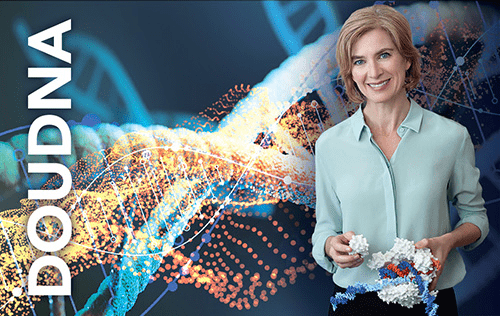Designed to drive cutting-edge AI and genomics research, Doudna will be housed at Berkeley Lab’s National Energy Research Scientific Computing Center (NERSC) and is set to become one of the most advanced computing systems in the world.
A Supercomputer Named After a Pioneer
Naming the machine after Jennifer Doudna isn’t just symbolic. Doudna’s work in gene editing has revolutionized biomedical research and earned her the Nobel Prize in Chemistry in 2020. Her innovations laid the foundation for a new era of precision medicine, gene therapies, and treatments for diseases once thought untouchable.
By dedicating this next-generation supercomputer to her legacy, the DOE signals its commitment to pushing the boundaries of biological sciences — and doing so at unprecedented computational speeds.
Built by Giants: Dell and Nvidia
The Doudna supercomputer is a result of collaboration between tech titans Dell Technologies and Nvidia. Dell is providing cutting-edge server architecture, while Nvidia is delivering the most advanced GPUs and AI acceleration platforms.
Together, they are building a system designed to tackle the world’s toughest computational challenges — from simulating molecular interactions and training complex AI models to mapping the human genome and exploring energy solutions.

Transformative Research Applications
What makes Doudna especially exciting is its dual focus:
- AI Research: Scientists will use the machine to develop advanced machine learning models, explore natural language processing, and accelerate deep learning tasks.
- Genomics Research: With unparalleled computing power, Doudna will help researchers decode the vast complexity of genomes, driving breakthroughs in personalized medicine, cancer treatments, and rare disease studies.
NERSC officials note that the system’s architecture is optimized for data-intensive workloads, enabling researchers to process petabytes of data and simulate biological processes at atomic scales.
A Vision for the Nation
The DOE emphasizes that Doudna will not just serve national labs — it will be a shared resource for universities, research institutions, and private-sector collaborators across the U.S. This aligns with the agency’s broader mission to democratize access to high-performance computing and keep the nation at the forefront of scientific discovery.
Source:
U.S. Department of Energy Official Announcement, Berkeley Lab News Center, Prime Vendor Partners (Dell, Nvidia) Technical Briefings.



 Share your Details for subscribe
Share your Details for subscribe